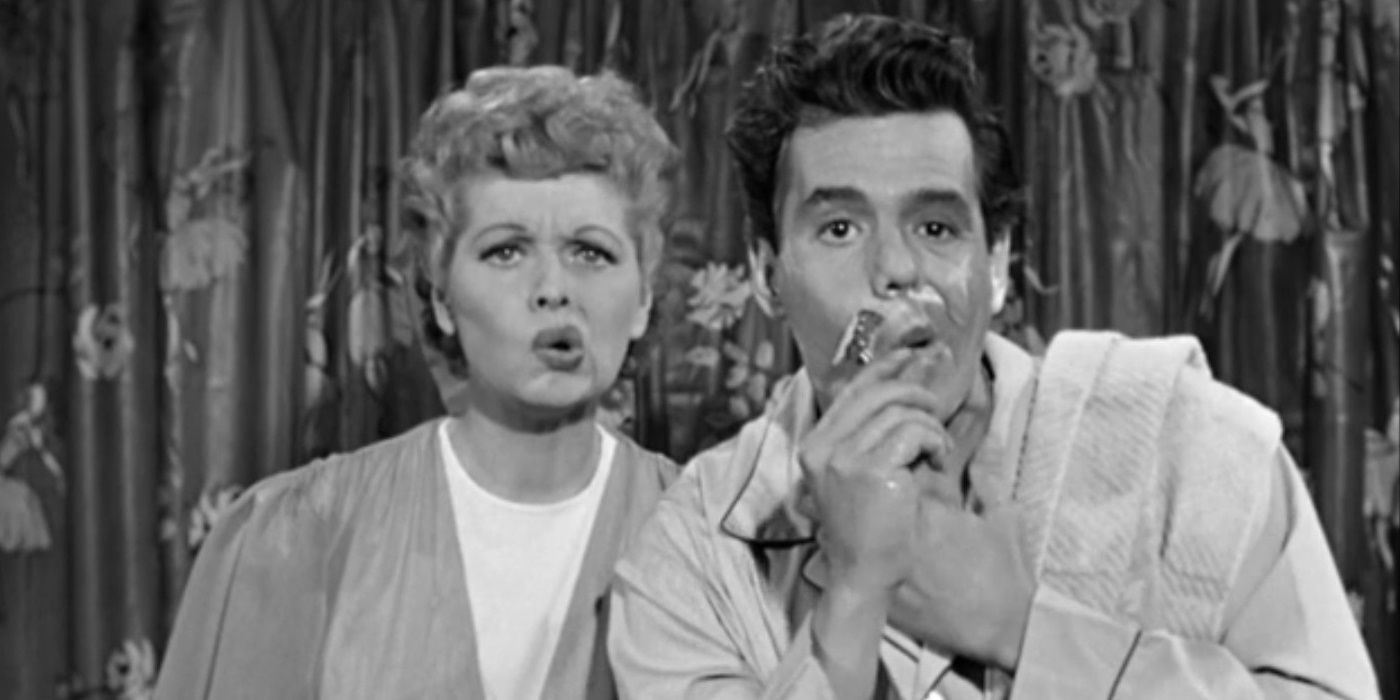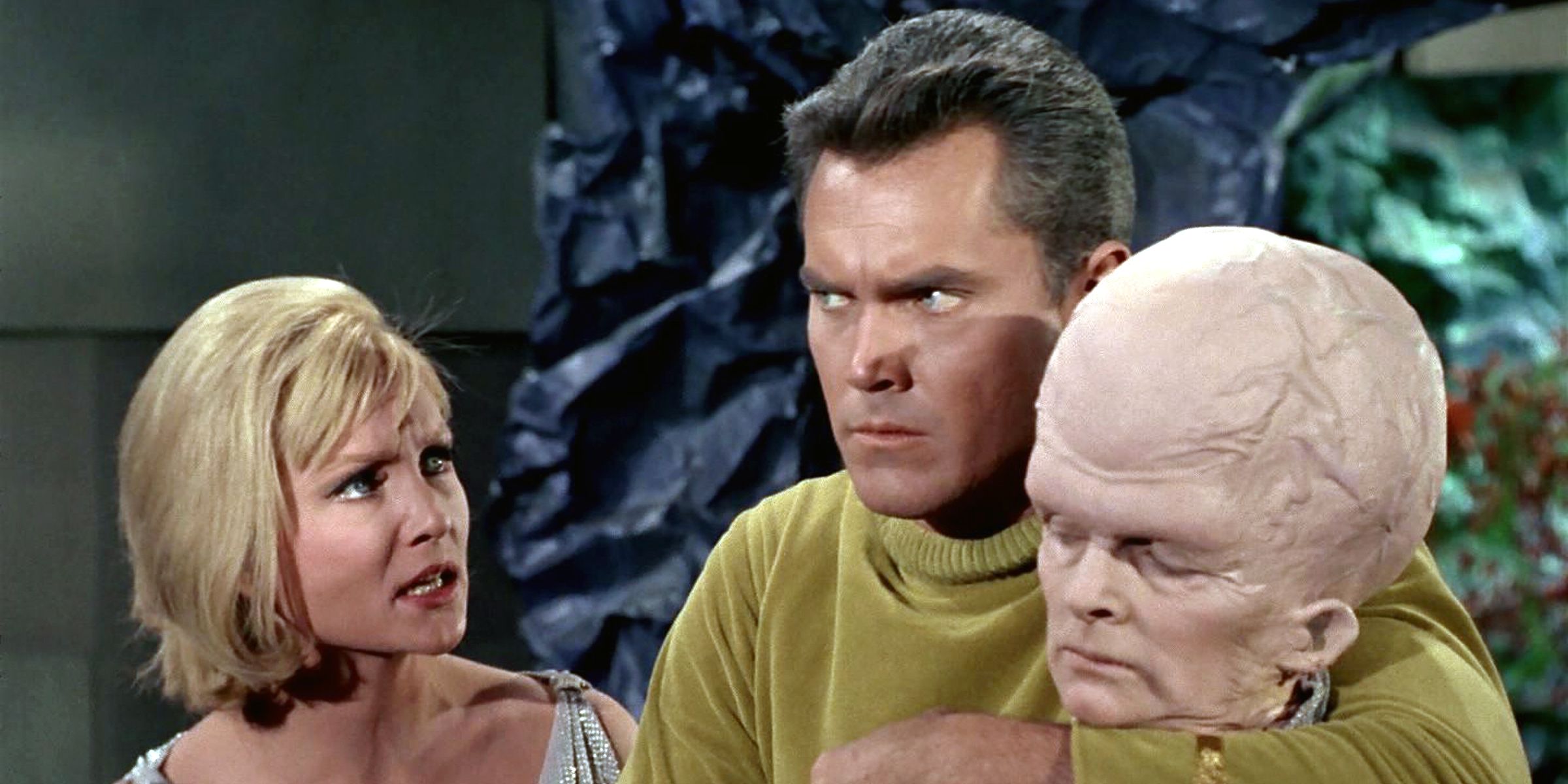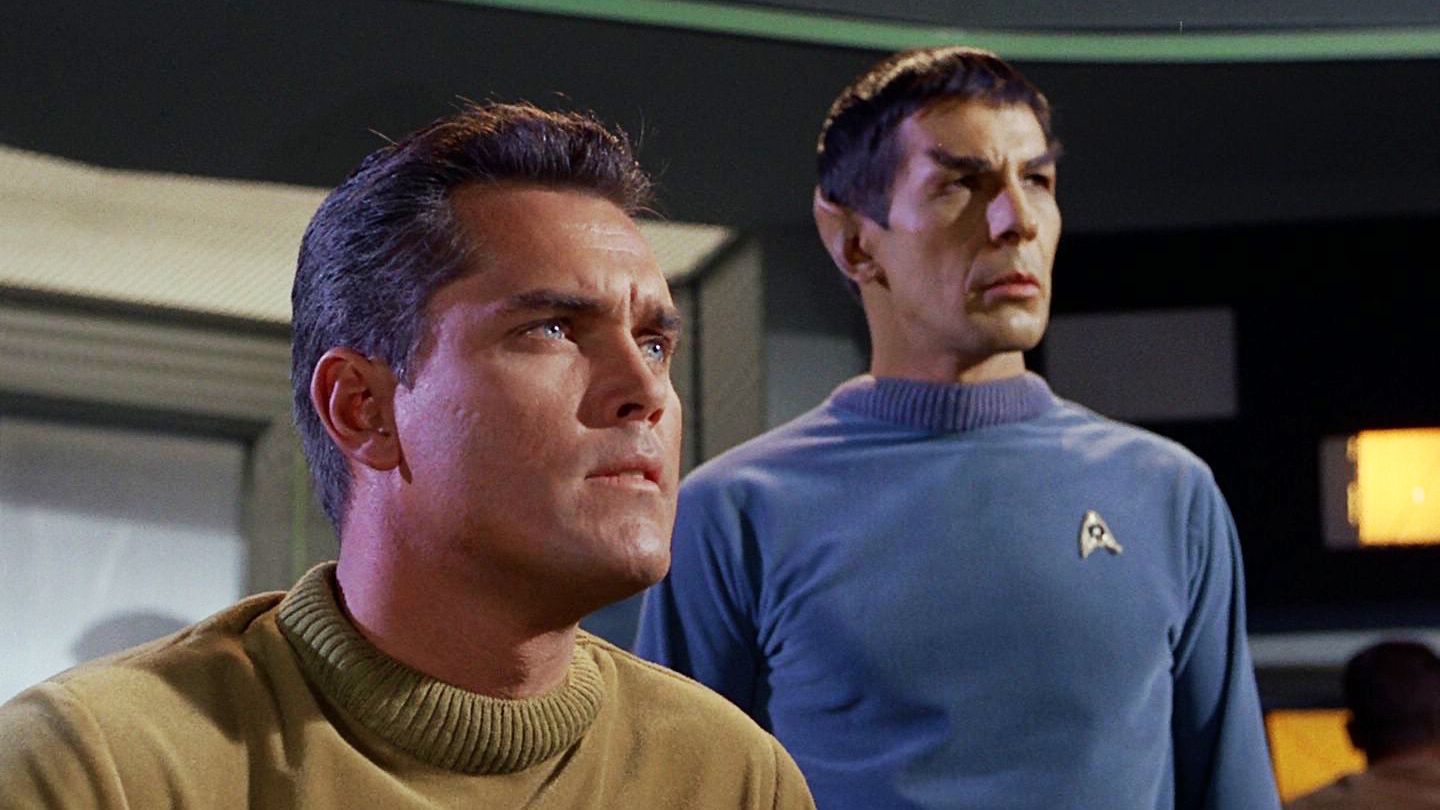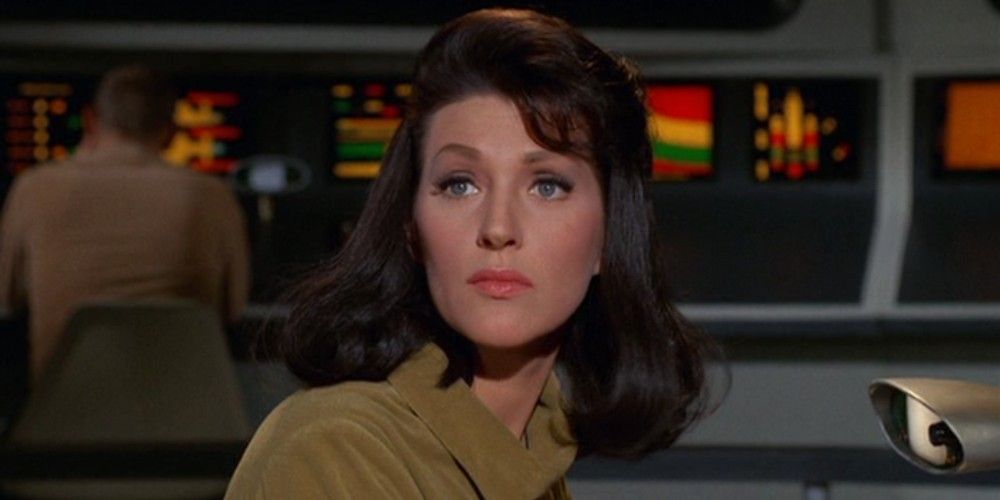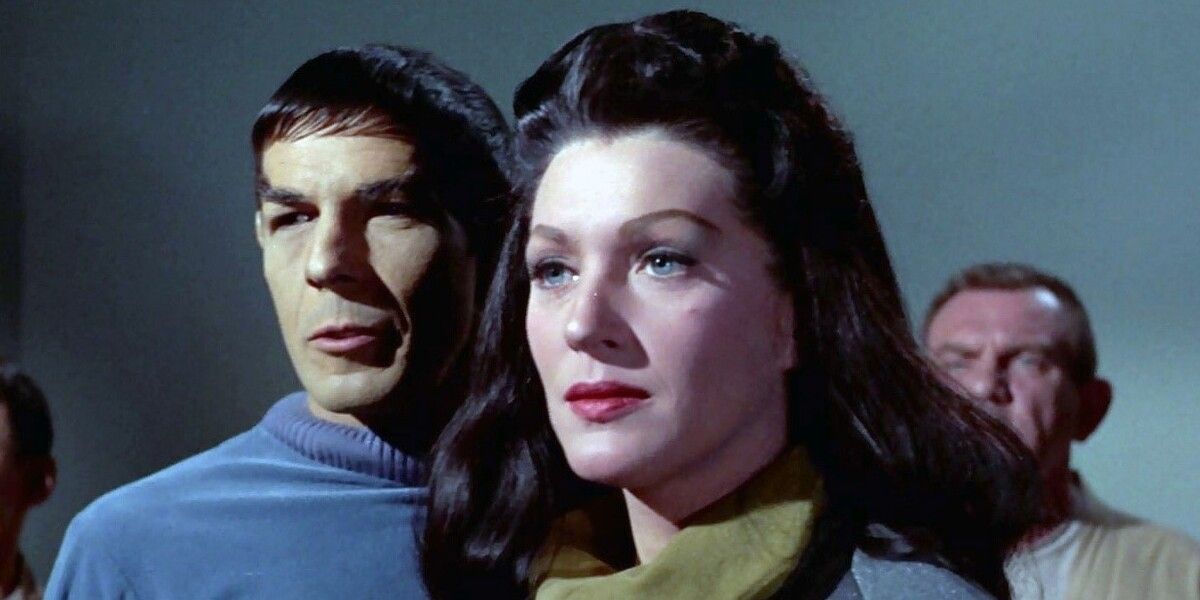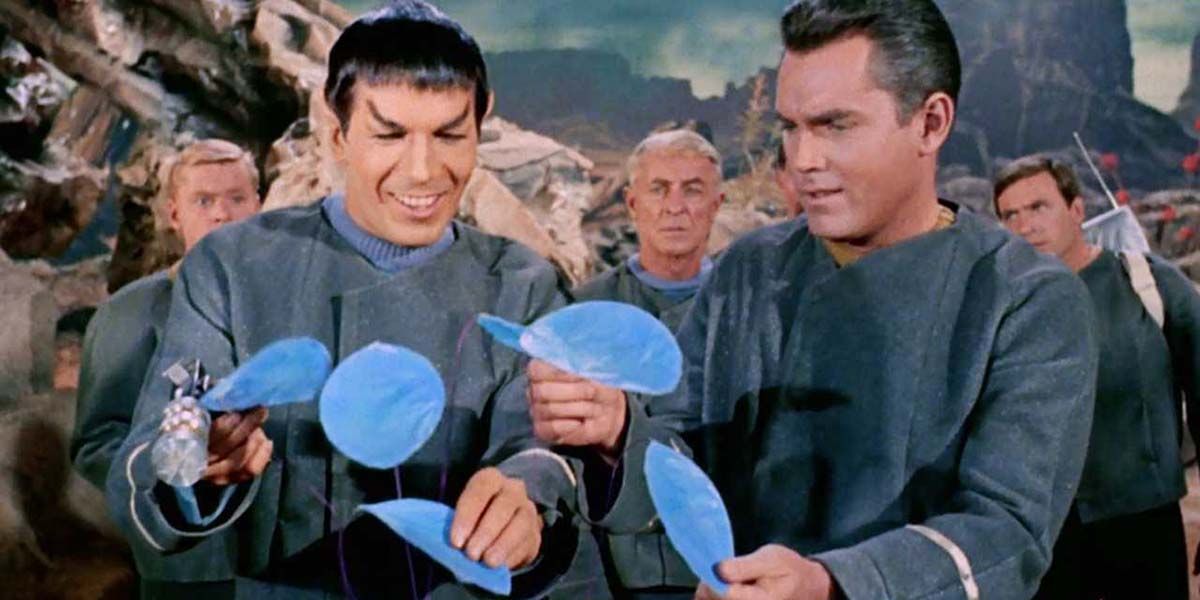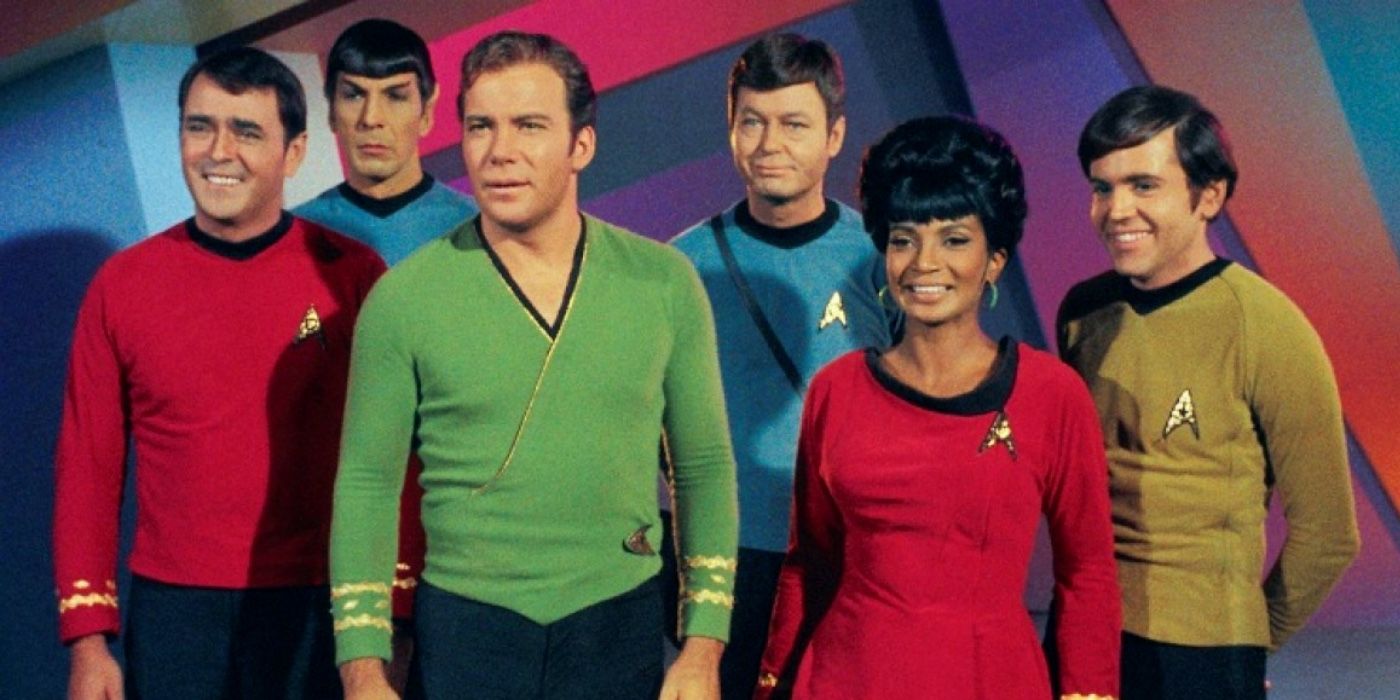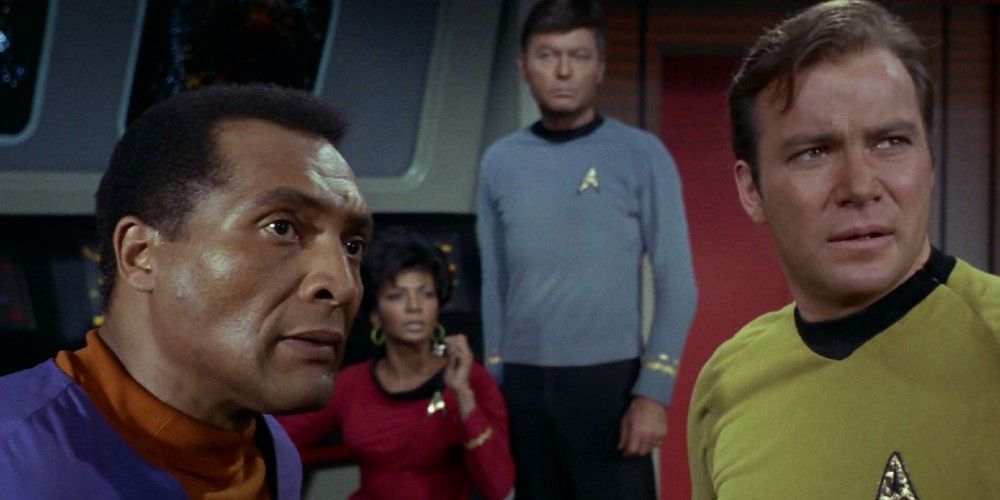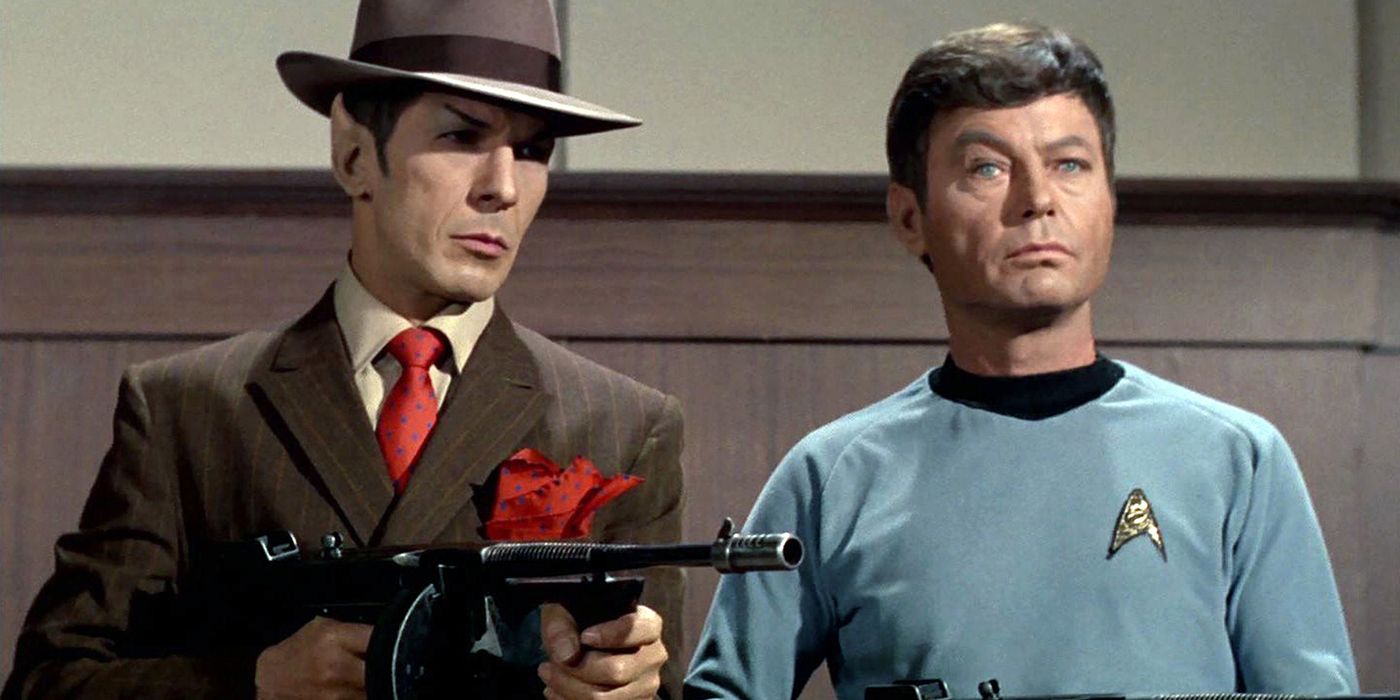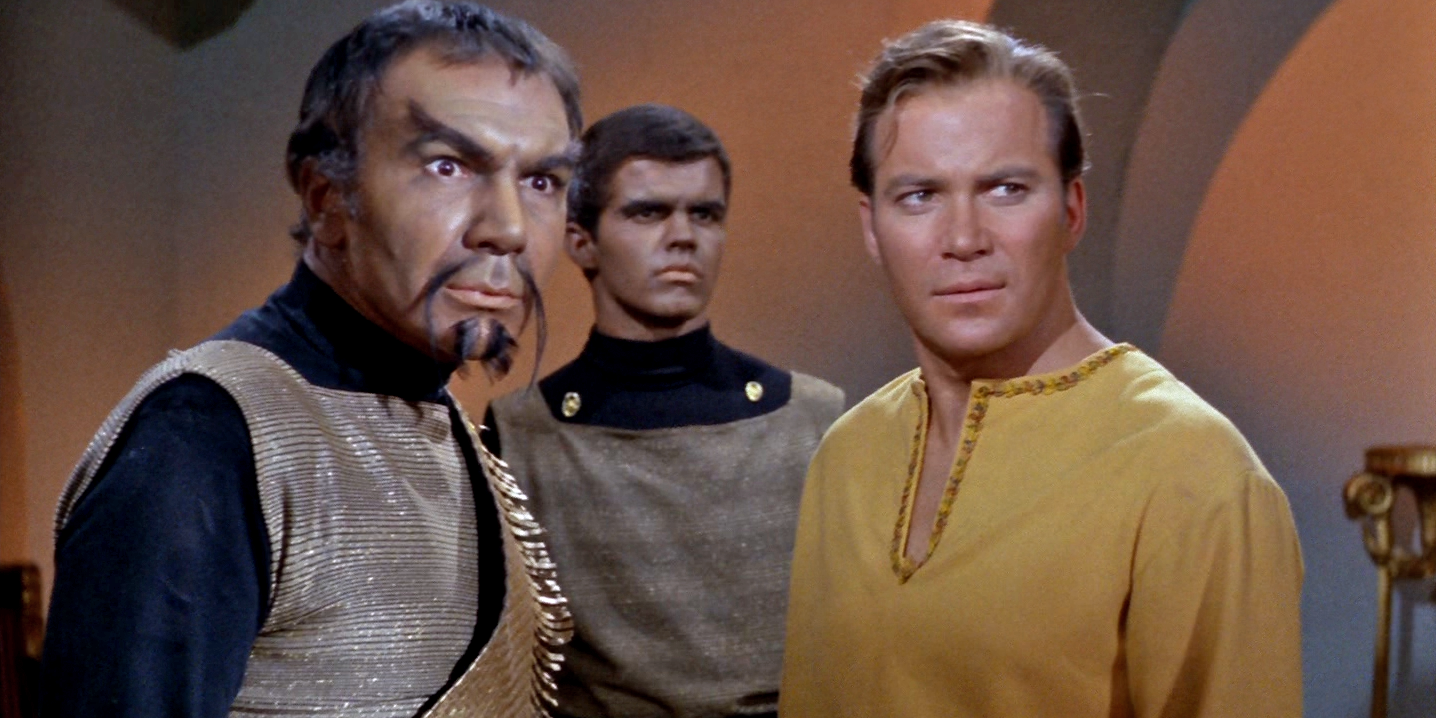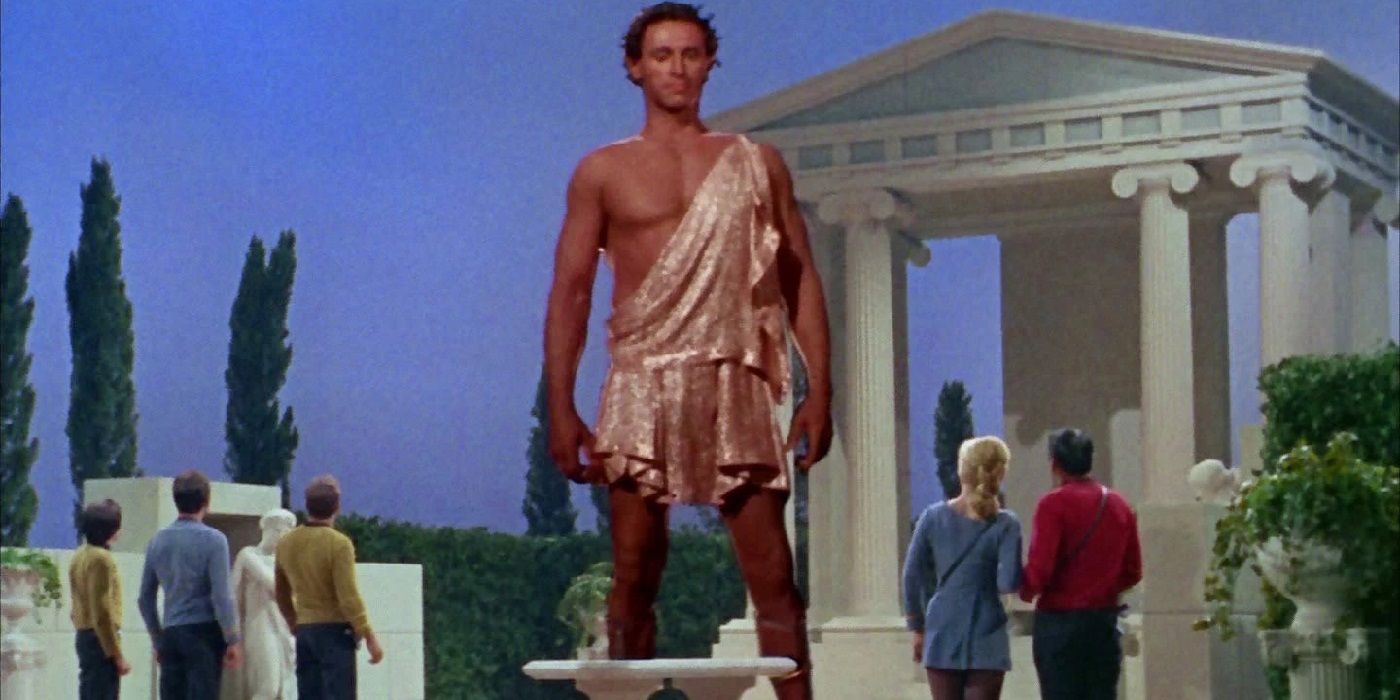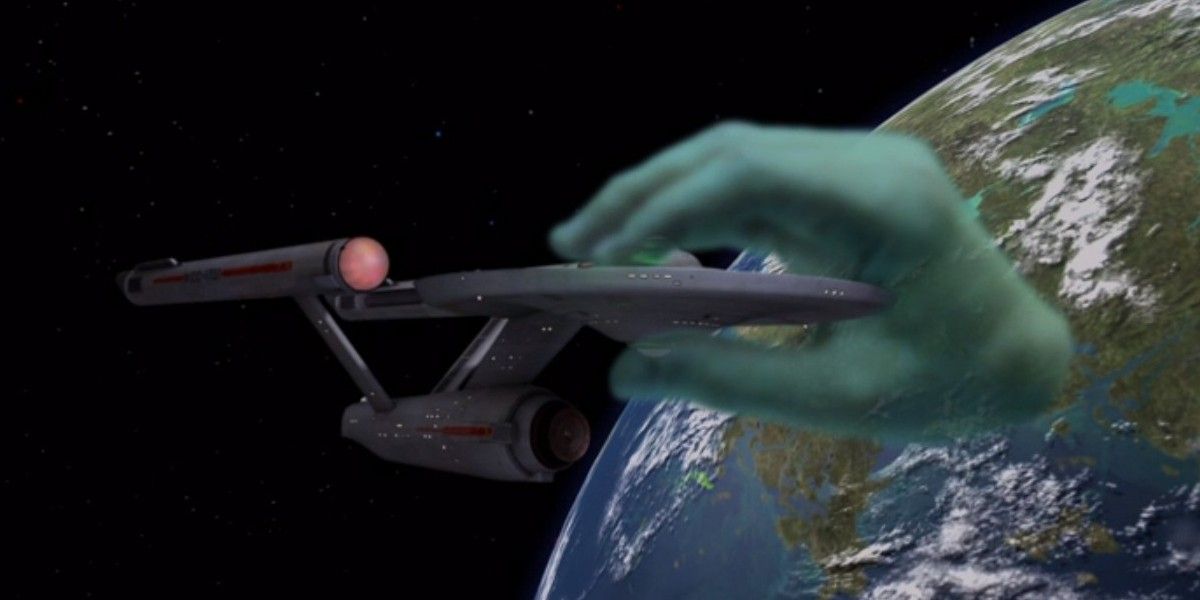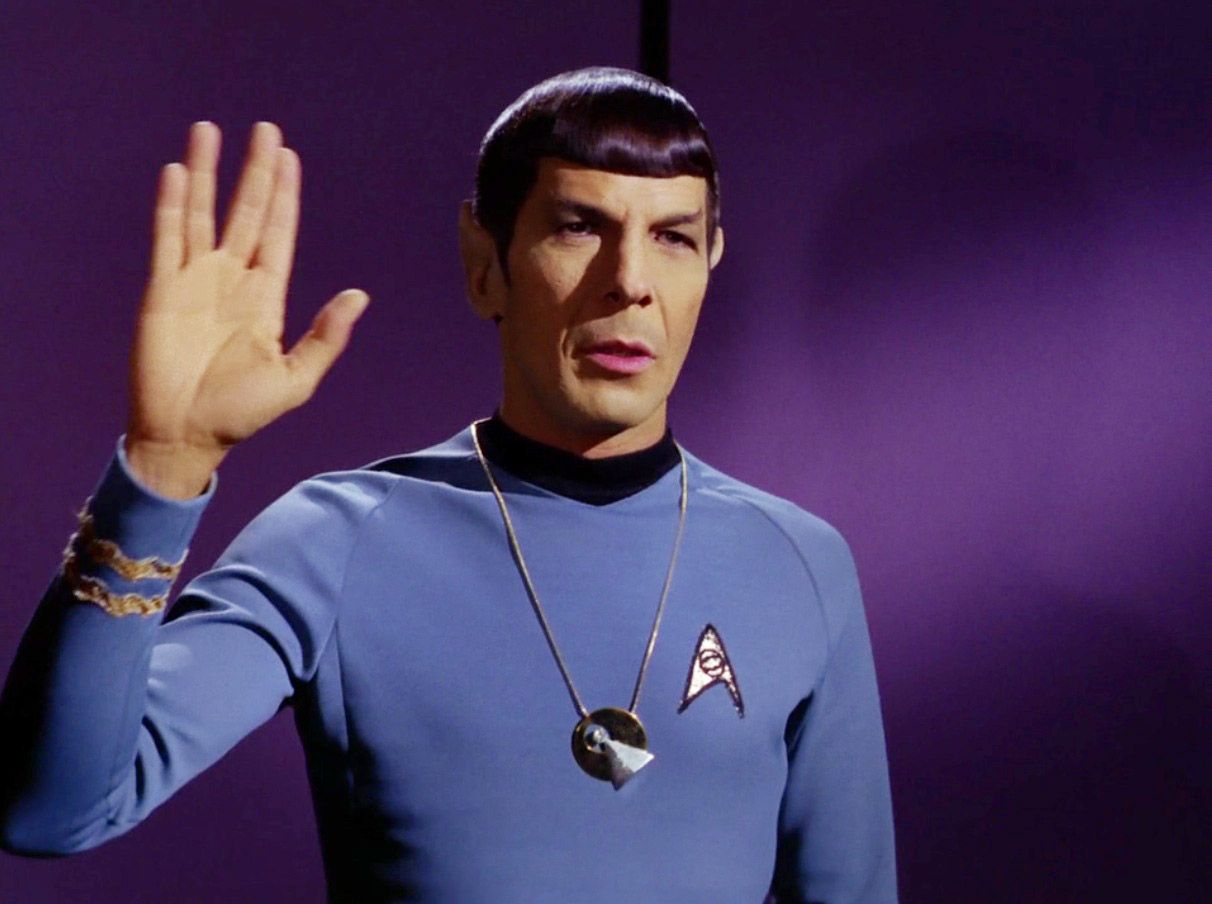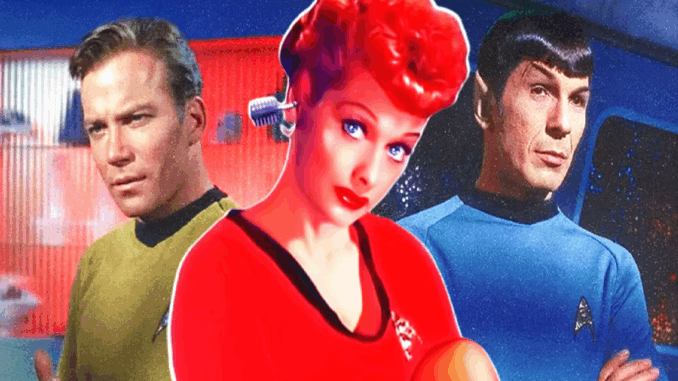
The name of series creator Gene Roddenberry appears at the end of every Star Trek episode or film. However, another television legend is equally, if not more, responsible for the massive franchise that continues today with Star Trek: Discovery Season 5 on Paramount+. If it weren’t for I Love Lucy creator Lucille Ball, Star Trek would’ve been one of the thousands of failed pilots in TV history.
Ironically, if it hadn’t failed, Strange New Worlds wouldn’t have its central characters: Captain Christopher Pike, Number One, or Mister Spock. These were the characters Roddenberry wrote into Star Trek‘s pilot episode titled “The Cage.” Roddenberry took a circuitous route to television production, taking stories from his time in the military, working as a pilot and as a police officer. His first show was called The Lieutenant, from which he did most of his casting for Star Trek. However, when pitching the show to the three networks at the time, they all passed on it. Roddenberry only had a single-page memo, and Lucille Ball had the imagination the network TV executives lacked. As the head of Desilu Studio, she invested the studio’s own money to get NBC to take a chance on the revolutionary sci-fi series.
How Lucille Ball Became a Television Mogul with Star Trek and Mission: Impossible
Like many actors in her era, Lucille Ball came to Hollywood with dreams of acting, singing and dancing on the big screen. While she had some early success, she found her niche performing on a radio comedy program called My Favorite Husband. This eventually evolved into the groundbreaking I Love Lucy, a series on CBS starring Lucy alongside her then-husband Desi Arnaz. The show became a massive hit, but its longevity comes from the ingenuity of its stars.
Arnaz and Ball didn’t want their show to look blurry like their contemporaries, so they shot on 35mm film. This meant the shows could be rebroadcast repeatedly, inventing reruns and, eventually, syndication of television shows. Later, after I Love Lucy ended its run, and the two studio namesakes ended their marriage, Lucy ran the studio alone. During the height of the show’s popularity, Desilu purchased film powerhouse RKO Studios, leasing out set space to series like The Dick Van Dyke Show, The Andy Griffith Show, and countless other classic television series.
In 1964, Gene Roddenberry, a former LA police officer and scriptwriter fresh off his first canceled series, came to Desilu and was signed to a three-year contract to create pilot episodes of TV series for the studio. He pitched many different ideas, but the one he wanted to do most was what he called “Wagon Train to the stars.” The only pilot he ever really developed was the Star Trek one, after all. Ball knew she couldn’t put all the space-eggs in one basket, so she also encouraged the development of other shows, including a spy thriller called Mission: Impossible.
Herbert F. Solow, an assitant to VP of Television at Desilu Oscar Katz, became an early champion for the show. He quickly got meetings with networks to pitch the series. Ironically, CBS (now part of Paramount) passed on the series, but the folks at NBC were interested. They commissioned a pilot called “The Cage,” starring Jeffrey Hunter as Captain Christopher Pike and Majel Barrett as his first officer, “Number One.”
How Lucille Ball Helped to Save Star Trek
NBC agreed to produce the series maintaining the funding arrangement. Desilu supplied $85,000 to NBC’s $100,000 for each episode of the first season. It almost sunk the studio. Star Trek became one of the two most expensive series produced by Desilu, with the other being Mission: Impossible. The cost of producing these expensive shows was so high the board thought she’d never make the money back. She’d already overruled the all-male board to make the series, so she couldn’t ignore them. Still producing two popular network series made Desilu attractive to others in the industry. In 1967, one year after Star Trek debuted, Gulf and Western purchased both Desilu and its next-door neighbor, Paramount studios, merging them into a single company. The rest is Hollywood history.
How Syndication Saved Star Trek and Lucy’s Business Reputation
Star Trek: The Original Series Critical Ratings
Reluctantly, Lucille Ball arranged the deal and agreed to sell off the studio she built. She wanted to get back to acting and producing her own series, without worrying about budgets, studio rental agreements and the other headaches she endured as the head of Desilu. Today, Mission: Impossible and Star Trek are the studios’ biggest and most profitable franchises, as it again appears to be up for sale to Skydance Media. Because of her innate understanding of television and how great series had longevity, Lucille Ball saved Star Trek. And even though she couldn’t save her studio, the properties whose creation she oversaw are what is keeping Paramount afloat to this day. In fact, over all the years of syndication, box office receipts, home media sales and licensing agreements, Gene Roddenberry’s universe might be the single most profitable thing Paramount has ever produced.
The reason Star Trek: The Next Generation was sold directly into syndication in 1987 is because Star Trek: The Original Series was still the highest-rated syndicated program two decades after new episodes ceased. Lucille Ball may never have been fully content with the sale of Desilu, but her business instincts were proven right with time. She went back to performing and acting, starring in shows and making appearances until her death in 1989. However, her vision and ingenuity changed television many times over, including saving Star Trek when no one else believed in it. She changed the medium with I Love Lucy and then, by supporting Star Trek, she is responsible for the first-ever multimedia narrative universe lasting for 60 years with no signs of slowing down.
